Your cart is empty
Keep ShoppingUncovering the similarities and differences between Canadian Jade and New Zealand Jade
New Zealand pounamu and Canadian jade both have a fascinating history, traditionally being used as weapons and tools before entering modern society as jewellery. While the New Zealand-sourced stone carries incredible cultural significance, Canadian jade tells the story of the nation's early settlers. Although the origins of the stone are different, there are deeper symbolic threads that run throughout both varieties of the great green gem.
Canadian Jade
The origin of Canadian jade can be difficult to trace, however it's believed jade deposits were found in British Columbia in the late 1800s. It was gold-hunting Chinese settlers who identified the gem, as it was considered worthless by European miners at the time. Settlers began exporting the stone to international destinations, with commercialisation seeing the value of the jade industry soar.
Major sources of Canadian jade include the Lillooet Jade Fields, in particular the Fraser River where boulders of the toughest and best quality can be found. This was the first mining division to report the production of jade, however it has since ceased production. The Omineca Jade Fields and the Cassiar Jade Fields have also seen large volumes discovered and mined. Like New Zealand jade, Canada's indigenous people have a long history with their jade, with Inuit people using the stone to create tools, ornaments and weapons.
Adze blades, knives, axes and hammers were all fashioned out of Canadian jade by Inuit people, and over time more people in Canada became interested in the polishable stone, with amateur lapidary booming in the 1940s and 50s. This further increased commercialisation of the stone, which was soon declared to be the mineral emblem of British Columbia.
Like its New Zealand counterpart, Canadian jade is used in not only jewellery but also sculptural pieces. These days, British Columbia is one of the major producers and exporters of nephrite jade anywhere in the world
New Zealand jade
New Zealand jade, also known as pounamu, is similar to the Canadian stone in that it is highly prized, valuable, strong and found only in a select few areas.
In pounamu's case, it's only found in the South Island, most commonly in or near rivers. Westland is major player in the jade industry, with the Arahura and Taramakau rivers the most common sources. Lake Wakatipu and Milford Sound are also abundant with the stone, and Hokitika is famous for being the jade capital of New Zealand.
Like the Inuit people of Canada, early Maori used jade to make tools and weapons including adzes, knives, chisels and spear points. Maori people would journey to the mountainous areas where jade was located in order to retrieve boulders from which they would carve their wares. However, the stone appears to hold more of a spiritual significance to Maori people than it does to indigenous Canadians, with chiefs carrying pounamu weapons to show their high status and jade items being given in peace agreements and used in ceremonies. Different carvings are also said to carry different meanings, telling stories of ancestors and symbolising significant steps in life.
While jewellery - in particular, necklaces - are perhaps the most common displays of New Zealand jade, the stone shares similarities with the Canadian gem in that it is also used for artwork and sculptures, showcasing the hard, durable and exquisite stone's durability.
If you're interested in learning more about the types of jade found all over the world, explore the rest of our blog articles or view our 'learn about jade' section.
-
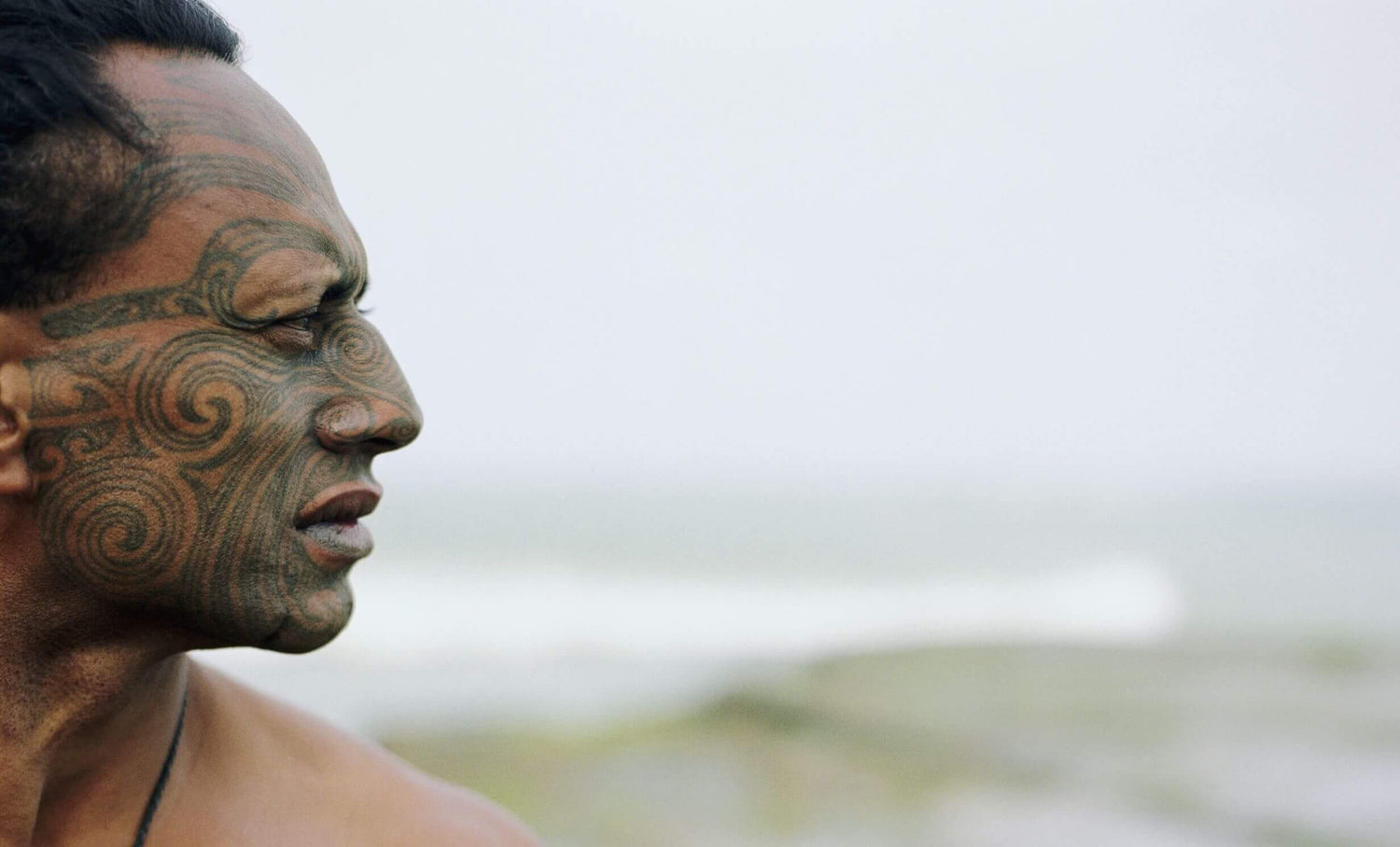
Traditional Maori symbols and meanings
Maori symbols are shared across many New Zealand art forms (tattoo art and pounamu carving especially) and have symbolism or meaning that stems from their original use hundreds of years...
-
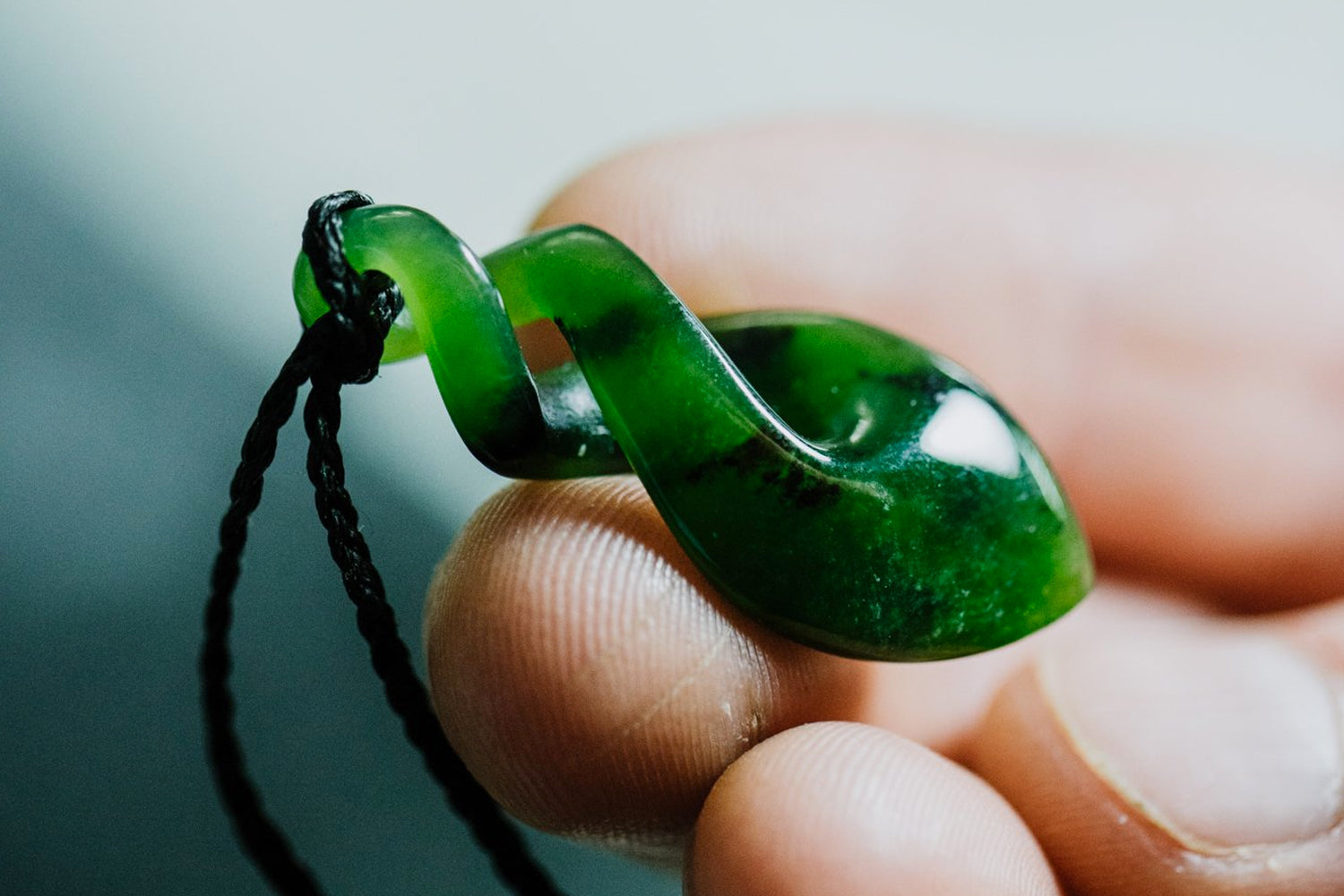
Greenstone necklace designs and 8 answers to questions customers ask us
Maori believed greenstone had to be gifted. We are regularly asked what the historical Maori traditions are around the gifting of greenstone necklace designs, and what Maori believe today. Sam...
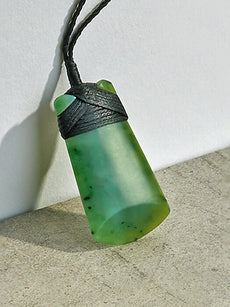
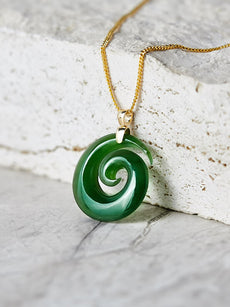
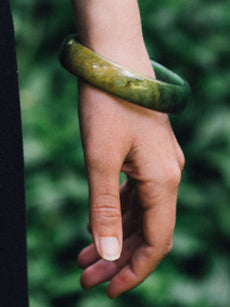
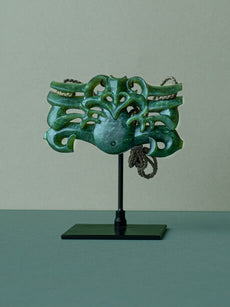
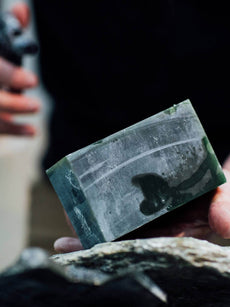
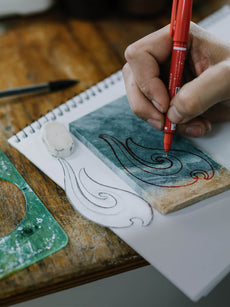
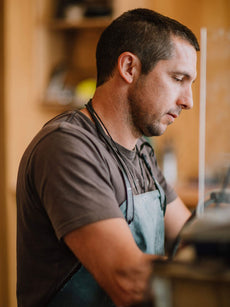
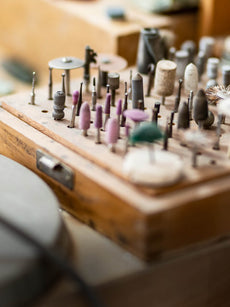

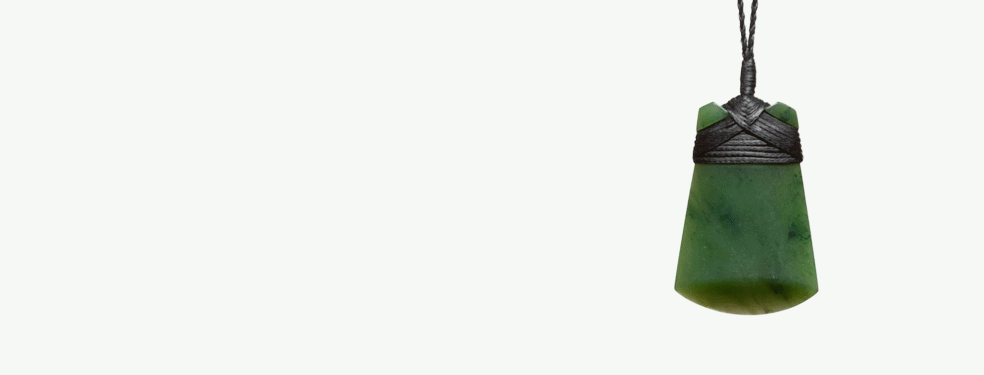
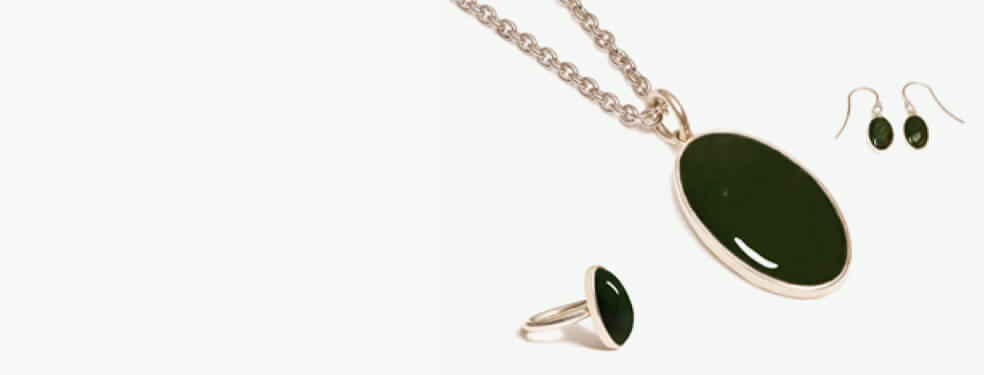
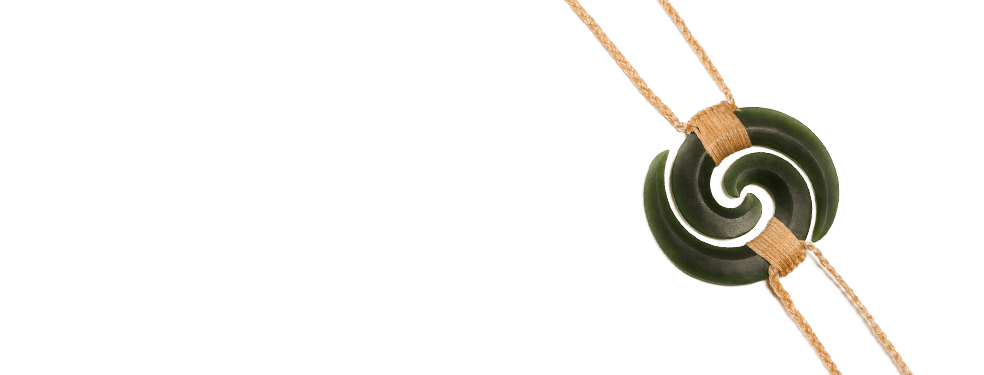
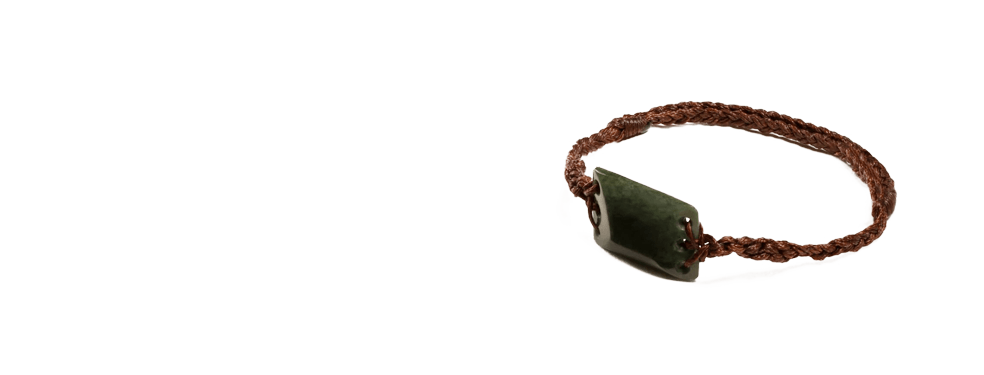
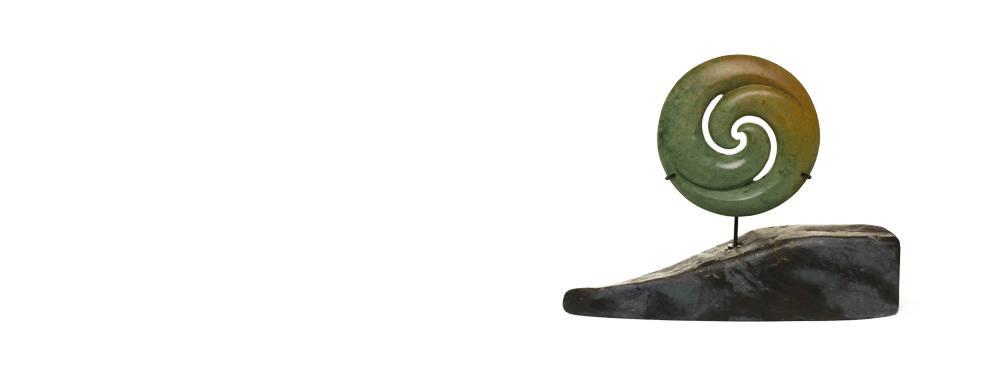
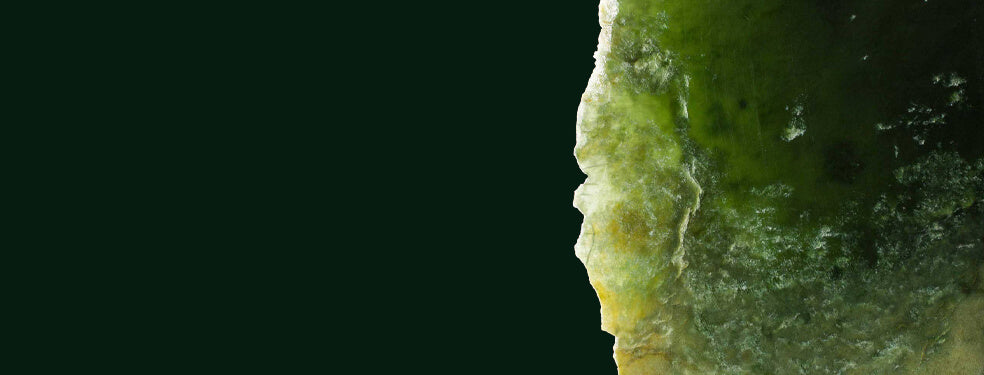
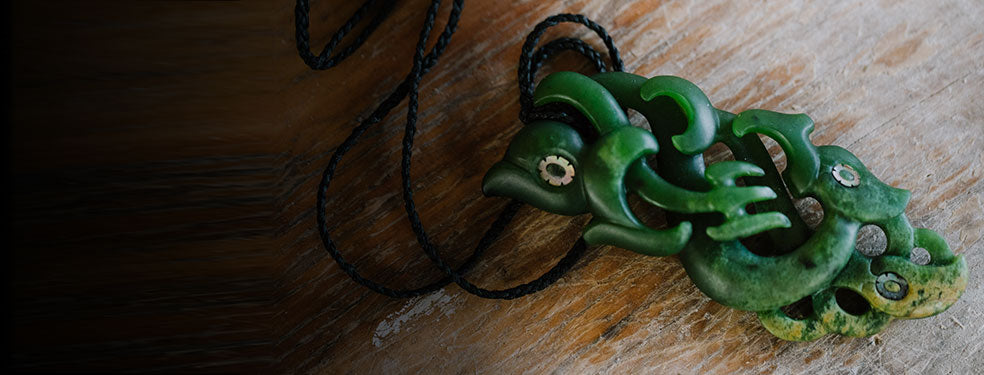

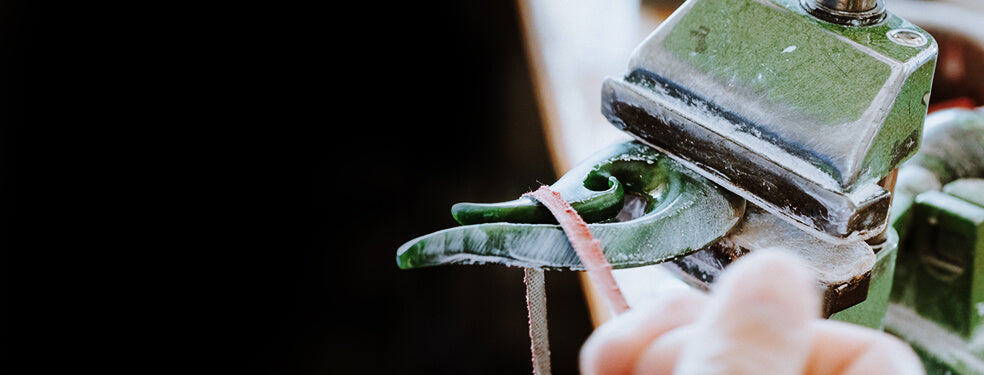
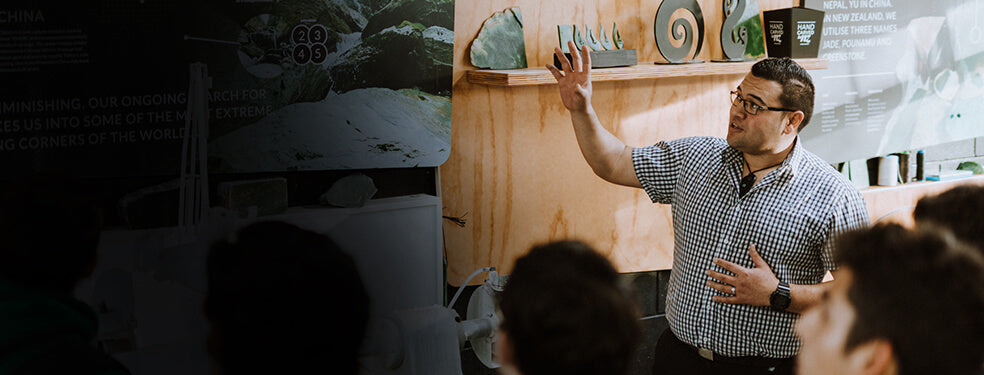



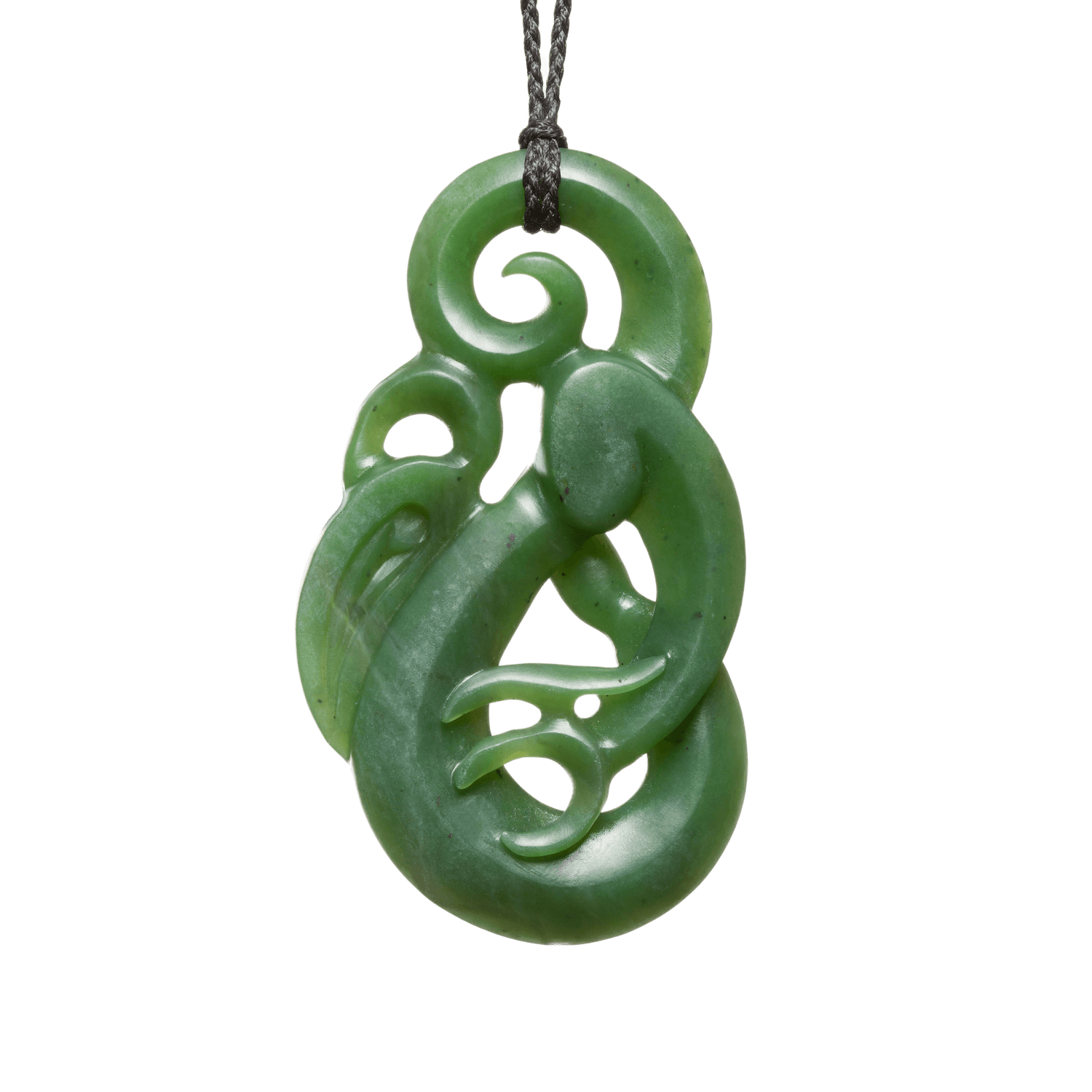
Follow Us
Stay in the know on new releases, special offers, and more.